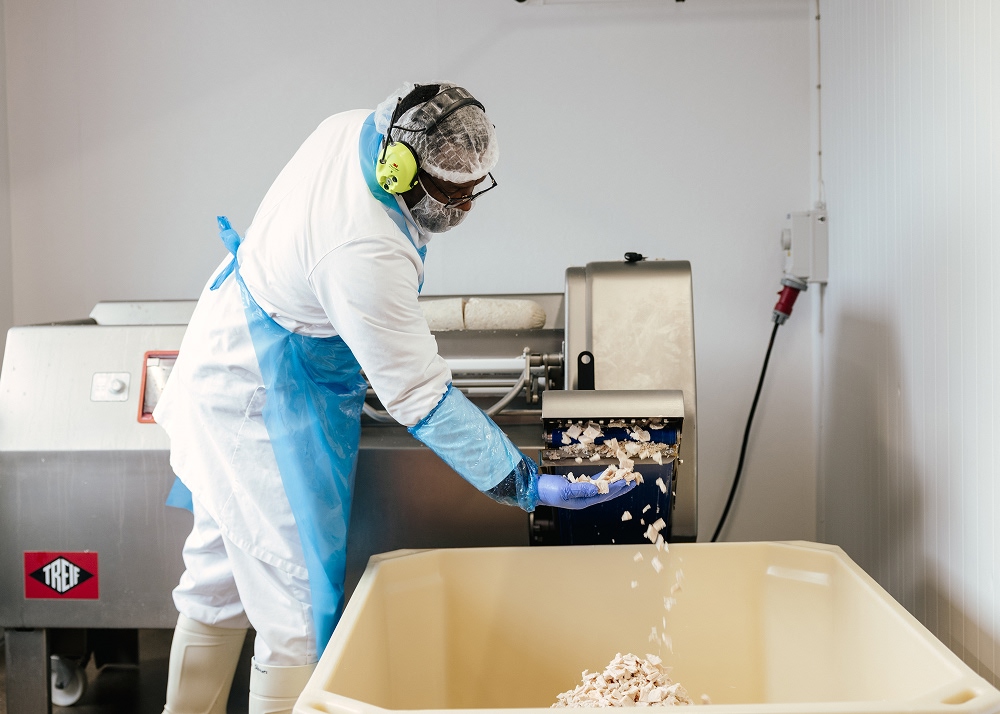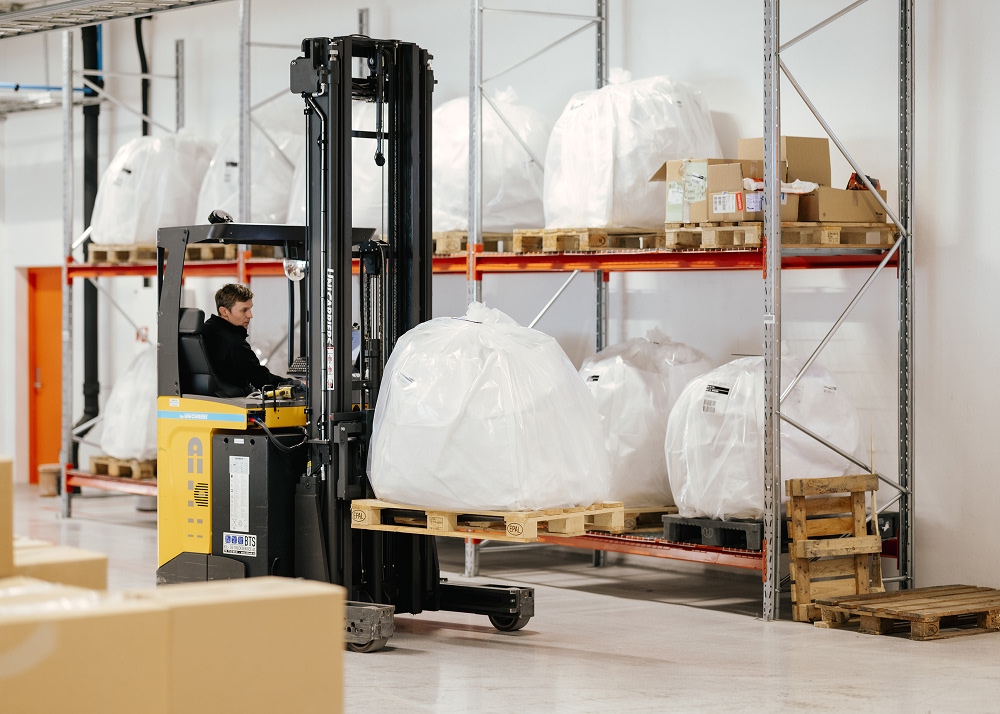Your cart is currently empty!
Choosing Sustainable Materials
To reach our sustainability goals, we’ve set high ambitions for reducing waste and improving recycling. Our focus on minimizing waste and finding new ways to reuse materials is an important part of both our environmental work and staying competitive.
Published
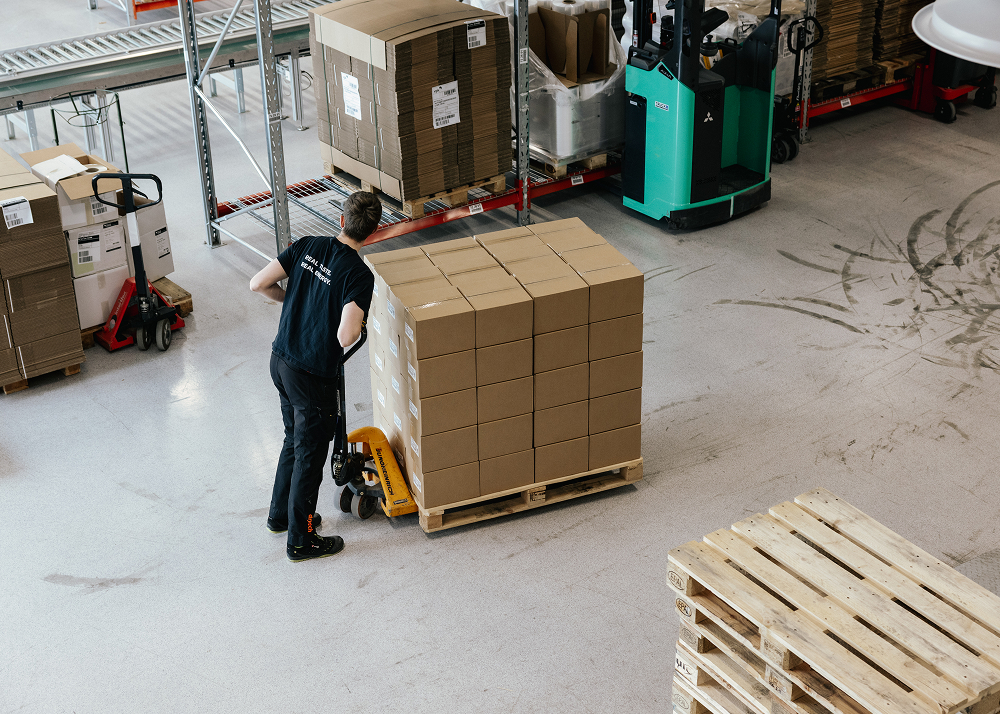
Our long-term goals
To reach our sustainability goals, we’ve need to raise our material reuse and recycling rate to 85%. Our focus on minimizing waste and finding new ways to reuse materials is an important part of both our environmental work and staying competitive.
Together, we aim to create long-lasting products that use resources wisely and support a more sustainable future.
To reach our 2030 targets we must
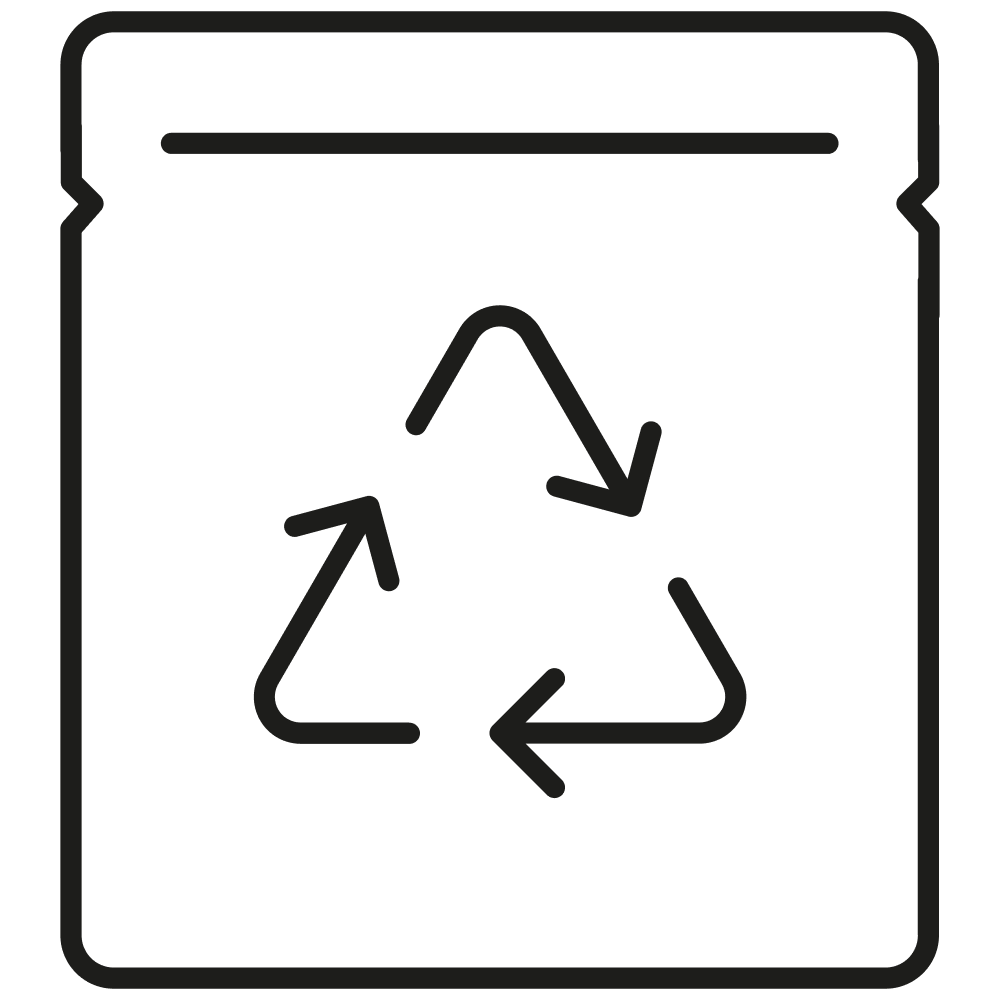
Increase reuse and recycling
Raise our material reuse and recycling rate to 85%
Smarter packaging
Ensure that 80% of our product packaging is recyclable, reusable, or compostable
Cut residual waste
Reduce leftover waste from production by 55% – from 13 grams to 5.8 grams per unit
Monitor progress
Track how much waste is generated for each product unit every month
Work together
Strengthen cooperation with suppliers and waste management partners
Our approach
As a food producer, we understand our responsibility in supporting a more circular economy. Through the Plastics Pledge, Drytech is committed to optimizing our packaging design to minimize unnecessary plastic, increasing the use of recycled materials where feasible, and ensuring that all packaging is designed to be recyclable. We actively collaborate with our suppliers and partners to enhance sustainability across the entire value chain and report on our progress annually. This initiative is part of our broader environmental and climate strategy to lower our footprint and help shape a more environmental friendly food industry.
To support these efforts, we’ve launched collaborative projects with our suppliers focused on developing recyclable pouches that align with our environmental objectives.
Learn more about the Plastics Pledge here: grontpunkt.no/plastloftet.
Impact so far
Not all of the planned measures were completed in 2024, which means we haven’t yet reduced the amount of residual waste going to energy recovery incineration.
In 2024, our sorting rate stood at 43%. Our goal is 85% by 2030, so there’s still a long way to go. Currently, each pouch generates around 12 grams of residual waste—well above our target of 1.2 grams per unit.
As we begin 2025, we’re bringing a renewed sense of focus. A new agreement with the waste management company Remiks will start in June 2025, allowing us to sort and recycle more types of plastic.

Increase reuse and recycling
In 2024, our sorting rate was 43%. We’re aiming for 85% by 2030.
Smarter packaging
Ongoing project that aim to replace our current packaging solution with a new recyclable pouch.
Cut residual waste
Currently, each pouch generates around 12 grams of residual waste—well above our target of 5.8 grams per unit.
Monitor progress
We track results and report regularly to stay aligned with our goals.
Work together
New agreement with the waste management company Remiks will start in June 2025, allowing us to sort and recycle more types of plastic.
Key steps moving forward
Key steps moving forward include sorting label rolls as paper and separating hard plastics for recycling. The use of contaminated soft plastic in production is also under review, with efforts focused on identifying cleaning methods that could make it recyclable and keep it within the circular system.
Latest actions
-
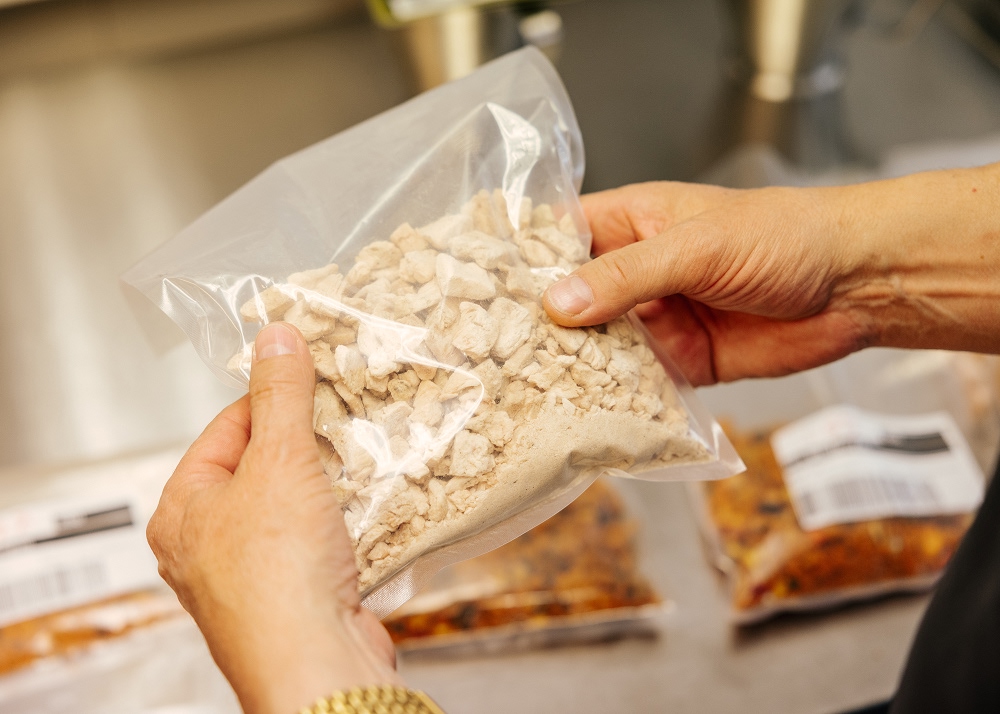 Choosing Sustainable Materials
Choosing Sustainable MaterialsProject: Recyclable bag with extraordinary durability
Read more: Project: Recyclable bag with extraordinary durabilityWith support from the Research Council of Norway and a 9.8 million NOK grant, we are working with partners across the value chain to develop a fully recyclable pouch to replace our current non-recyclable laminated packaging.
-
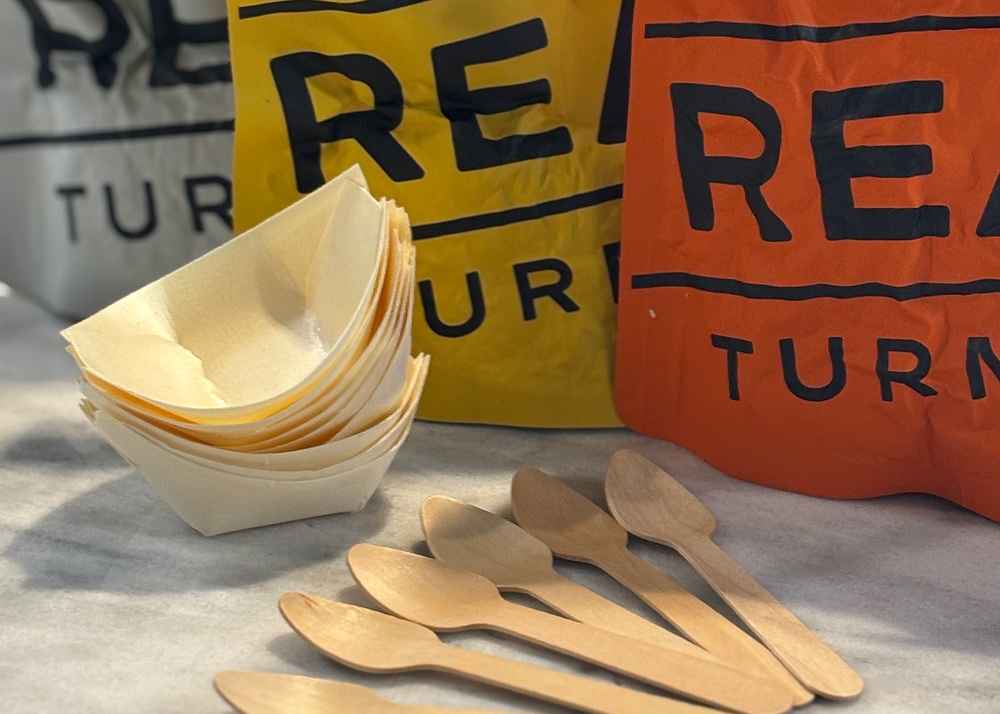 Choosing Sustainable Materials
Choosing Sustainable MaterialsMaterial choices that reduce plastic consumption
Read more: Material choices that reduce plastic consumptionBy replacing plastic with biodegradable and compostable materials for product sampling, we’ve reduced our environmental impact while simplifying operations and aligning with our sustainability goals.
Learn more about our focus area reducing energy consumption
- To meet our long-term sustainability goals, we’ve set a target to reduce our energy use by 40% by 2030
